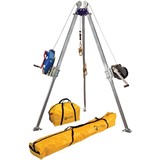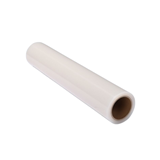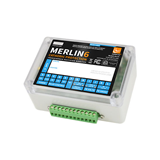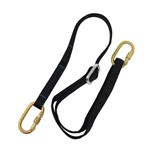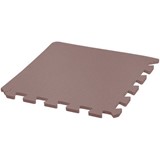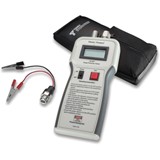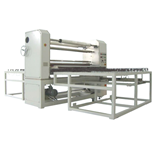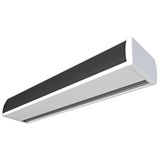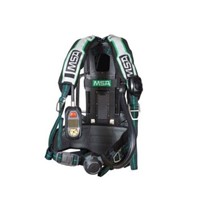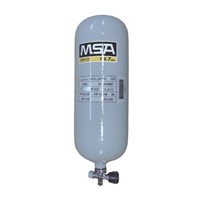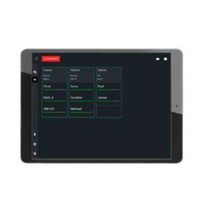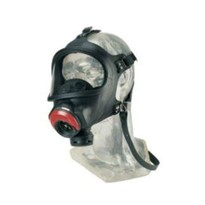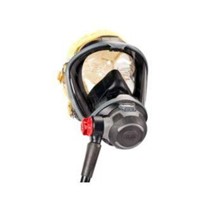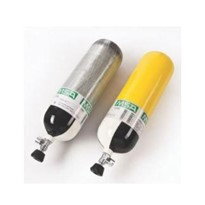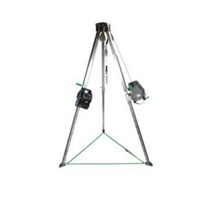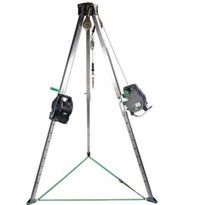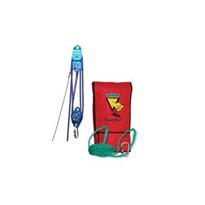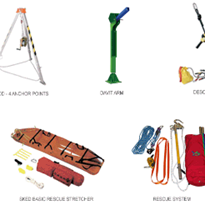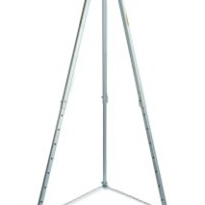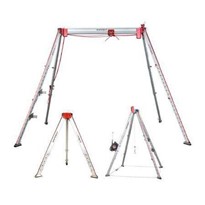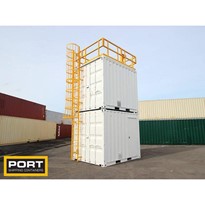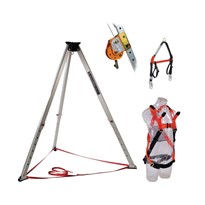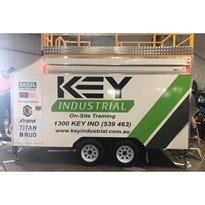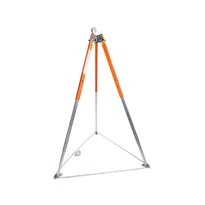Hazardous conditions can include oxygen deficiency and atmospheric concentrations which make a confined space immediately dangerous to life and health (IDLH) atmosphere. This makes proper respiratory protection critical to help keep workers protected in these environments.
How To Select the Right Respiratory Protection
Respiratory protection should be selected once confined space atmospheres have been analyzed and should be provided to all confined space entrants. Recommended confined space respirator types include:
- SCBA (self-contained breathing apparatus)
- Dual-purpose SCBA
- Combination air-line respirators with escape cylinder
- Air-purifying respirators
- Escape respirators
Because these devices vary in design, application and protective capability, it is important to first assess worksite contaminant levels as well as stay up-to-date with respiratory protection device limitations to help ensure you choose the right option for your needs Some respirators may be used for various hazardous environments but if conditions reach IDLH levels or oxygen deficiency, only the highest levels of protection are required.
What You Need To Know About SCBA and IDLH Environments
SCBA provide the highest level of respiratory protection for confined space applications. SCBA are equipped with user-worn air cylinders that provide dependable, yet limited air supply without hoses or tethers to impede movement.
Major SCBA components include:
- air cylinder
- low-pressure warning device
- regulator
- facepiece
- carrier and harness assembly
SCBA are useful for confined space applications with entrances large enough to accommodate an entrant wearing the apparatus and cylinder; low-profile cylinders are available for tight confined space entrances. Under no circumstances should the entrant enter a confined space that contains a hazardous or potentially hazardous atmosphere unprotected and wait to have SCBA equipment lowered to him or her.
OSHA requires SCBA or combination pressure-demand airline respirators with escape cylinders for entry into IDLH environments. It must be noted that if using an airline respirator with escape cylinder, the user may not use the escape cylinder for entry and must be using the airline as the primary air source, since the cylinder is for escape only.
For both SCBA and combination airline apparatus, Grade D breathing air is regulated down from higher pressures to be delivered to the facepiece in response to breathing demand. Pressure demand respirators maintain a slight positive pressure to the facepiece at all times, which helps to prevent inward contaminant leakage.
In general, SCBA are available in both low-pressure (either 2216 or 3000 psig) and high-pressure (4500 or 5500 psig) units. For a given cylinder size, high-pressure units have greater storage capacity, enabling longer service life. With high-pressure devices, SCBA users can select from 30-, 45- or 60-minute-rated cylinders. 30-minute-rated cylinders are used with low-pressure SCBA.
MSA’s G1 Industrial SCBA offers NIOSH and NFPA respiratory protection, with unmatched comfort in a lightweight design and chemical-resistant harness with cylinder options so you can match your apparatus to your work. Its Remote Cylinder Connection (G1 iRC) capability allows for use of the same cylinder across all multiple platforms of MSA SCBA.


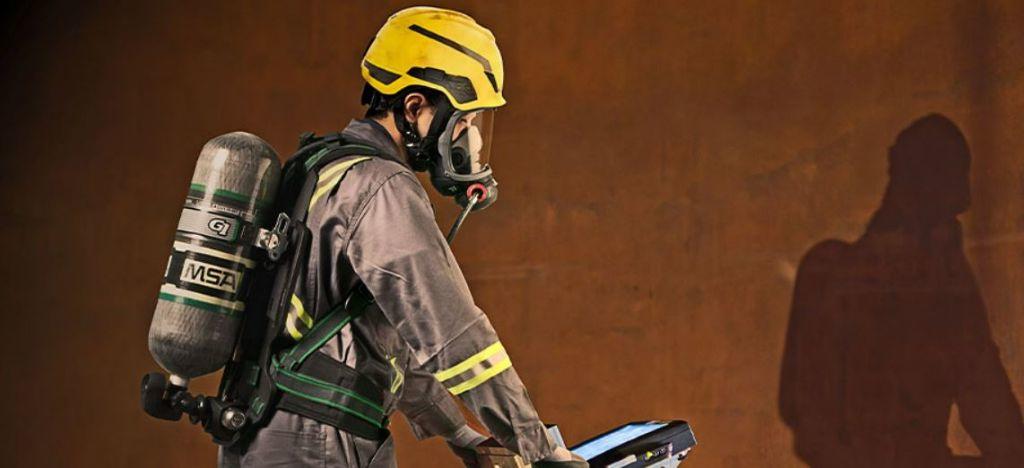
-160x160-state_article-rel-cat.png)



